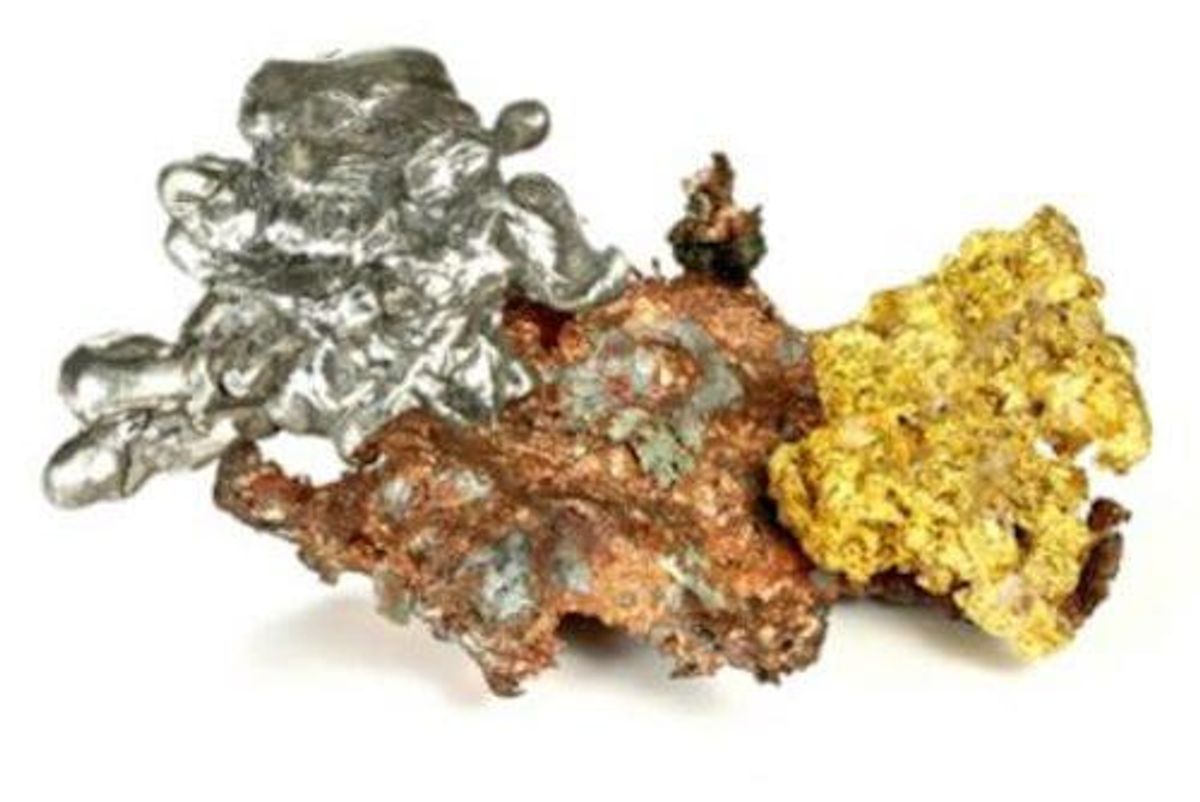Precious Metals Weekly Round-Up: Gold Eases as Risk Appetite Improves

Precious metals were negatively affected again this week as the markets responded to renewed hopes surrounding a US-China deal.
The gold price softened on Friday (December 6) as renewed hopes about a US-China trade deal led to higher appetite for riskier assets. A strong US jobs data report further weighed on the metal.
US President Donald Trump stated that talks with China were making progress, signaling that the two powerhouses could be close to a deal and that there may be an end in sight for the ongoing trade war.
“The hawk money is still definitely in risk assets, which is weighing on gold,” Jonathan Butler, an analyst at Mitsubishi (OTC Pink:MSBHY,TSE:8058), told Reuters.
The first phase of a deal between the countries was originally set to be completed in November, ahead of a new round of US tariffs on close to US$156 billion of Chinese imports, expected to begin next week. Chinese officials have been adamant that any existing tariffs must come off as part of the deal.
Over the course of the year, gold has been largely supported by the trade war, which has helped it gain over 14 percent. The dispute between two of the world’s largest economies has caused turmoil in the markets and has had investors concerned over a global economic slowdown.
Also weighing on the metal is the robust US jobs data report released earlier on Friday. The report reveals that US job growth increased the most in the last 10 months in November, settling investor fears that the economy is headed for a total downturn.
“The better-than-expected jobs report has dented demand for safe haven products such as gold,” David Meger, director of metals trading at High Ridge Futures, told Reuters.
Looking ahead, investors will turn their attention to upcoming US Federal Reserve meetings that are scheduled to take place next Tuesday (December 10) and Wednesday (December 11). Although three interest rate cuts have already taken place this year, the US central bank is expected to keep rates the same, at 1.5 to 1.75 percent.
“Although the Fed will remain on hold next week, the headline data will significantly impact the tone of the meeting statement language and Fed Chair Powell’s press conference and could set the timbre for Fed policy outlook into 2020,” said Stephen Innes, market strategist at AxiTrader.
As of 1:17 p.m. EST on Friday, the yellow metal was trading at US$1,461 per ounce.
Silver was also muted on Friday, dipping over 1 percent during the morning trading session.
The white metal took hits as its safe haven appeal declined, but a larger fall was halted as market watchers continue to await the upcoming Fed meeting.
Despite a slightly shaky start to December, silver is 9.7 percent higher on a year-to-date basis.
“Going forward, prices are seen rising marginally, supported by stronger global industrial production next year,” states a recent FocusEconomics report.
“The possible signing of a partial trade deal between the US and China will be a key factor to watch ahead, due to its potential to affect both safe haven and industrial demand.
As of 1:17 p.m. EST on Friday, silver was changing hands at US$16.55 per ounce.
In terms of the other precious metals, platinum was flat at the end of the trading week, but looking ahead, analysts at FocusEconomics believe that prices are likely to pick up slightly on the back of a fall in global supply. Despite this, weak automotive demand, the result of a shift away from diesel vehicles in the European Union, is seen capping the metal’s gains.
As of 1:16 p.m. EST on Friday, platinum was once again below US$900 per ounce, trading at US$895.
Palladium was the only precious metal to make gains on Friday, with a large enough increase to hit US$1,880.37 per ounce for the first time.
“The demand for palladium is typically steady and practically price-inelastic, so it could be on its way to the US$1,900 mark. The strong jobs numbers are helping the metal since jobs growth indicates a healthy economy and translates into more people buying cars,” Tai Wong, head of base and precious metals derivatives trading at BMO (TSX:BMO,NYSE:BMO), told Reuters.
Since the beginning of the year, the metal has risen over 40 percent, with its large gains being attributed to stricter environmental regulations around car emissions.
While sales for traditional vehicles are slipping, air quality rules in line with cutting pollution have prompted automakers to increase the amount of palladium used in catalytic converters, which help vehicles reduce their emissions.
As demand increases from the automotive sector, supply shortfalls are beginning to emerge, giving the spot price a boost on the market.
As of 1:15 p.m. EST on Friday, palladium was trading at US$1,858.
Don’t forget to follow us @INN_Resource for real-time news updates!
Securities Disclosure: I, Nicole Rashotte, hold no direct investment interest in any company mentioned in this article.